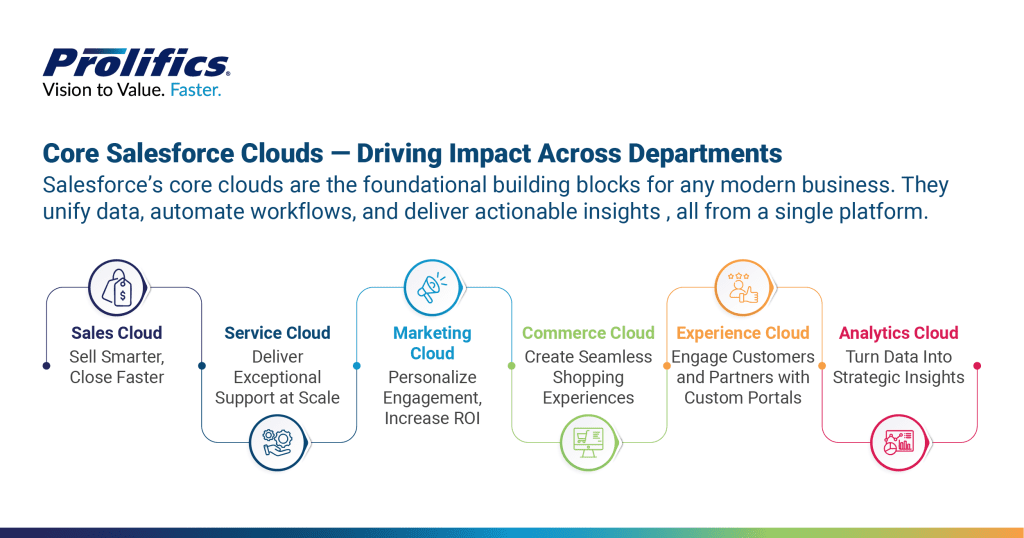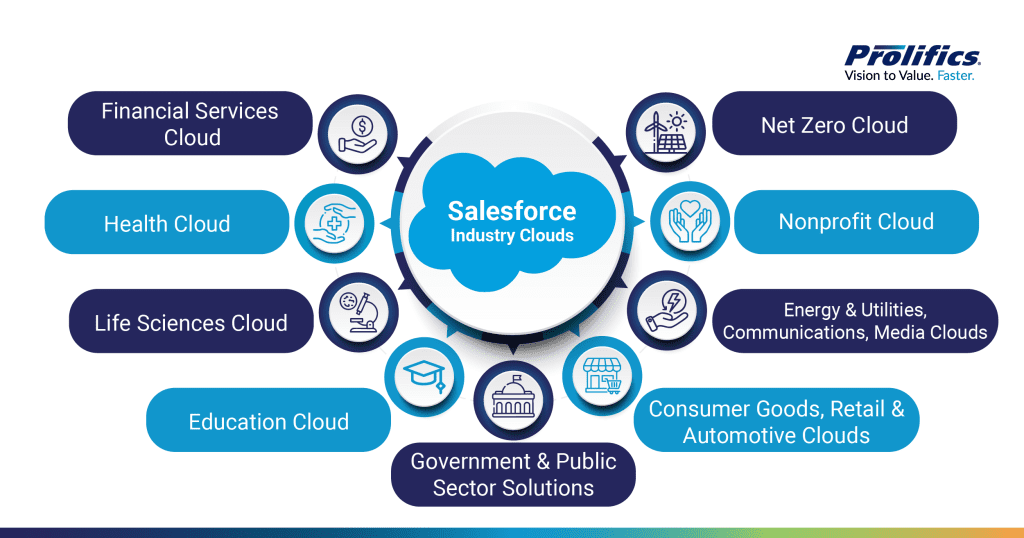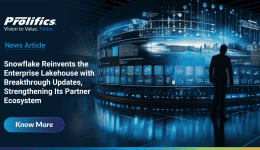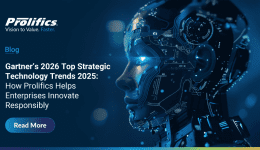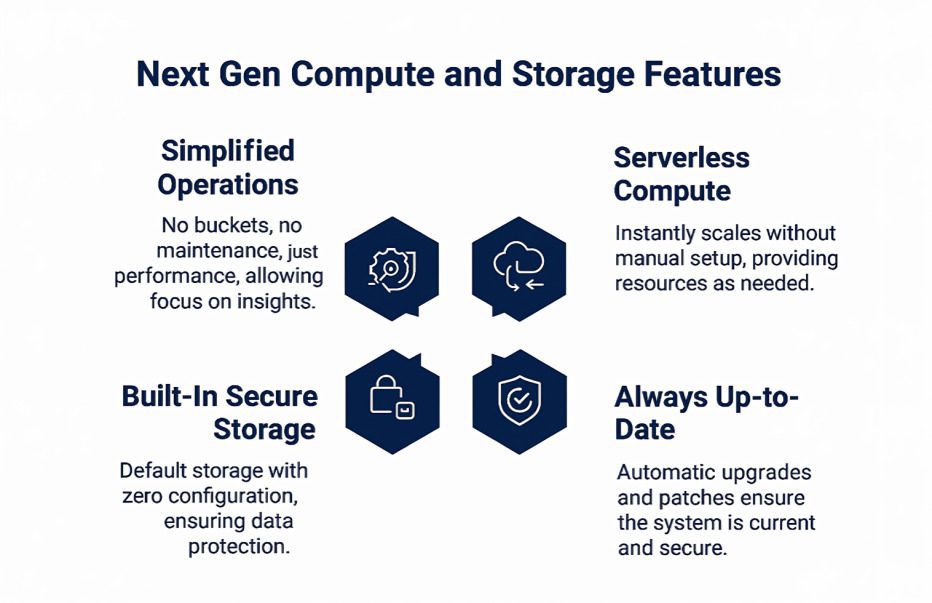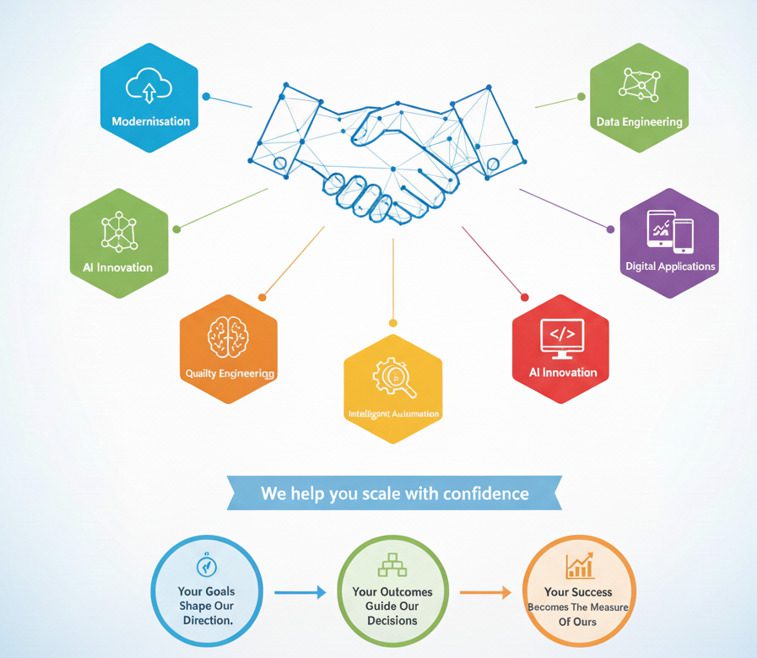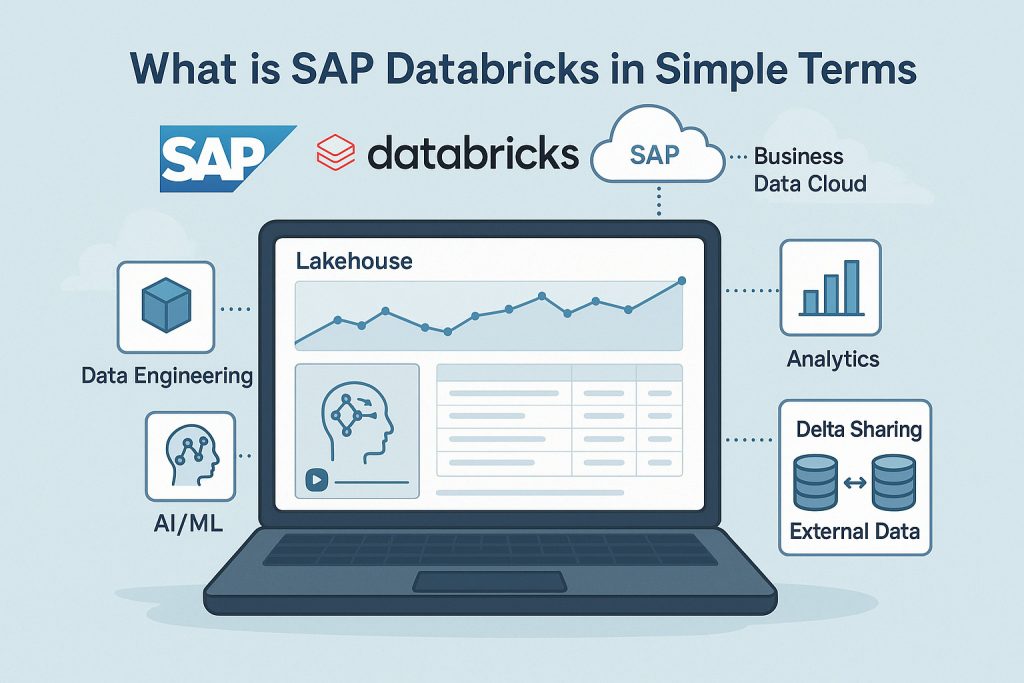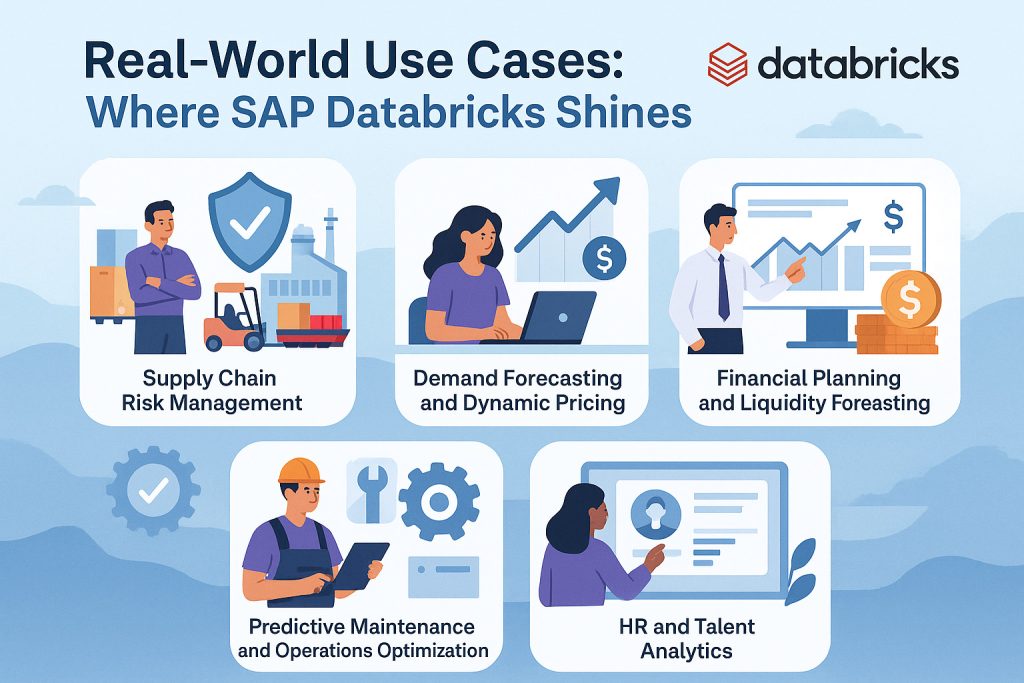Manufacturing is entering one of its most significant shifts since the introduction of automation. AI-powered manufacturing is no longer experimental or confined to innovation labs. Artificial intelligence is actively reshaping how factories operate, how products are designed, and how decisions are made across the value chain.
Driven by Industry 4.0, the artificial intelligence in the manufacturing industry is accelerating as manufacturers combine AI with IoT, cloud platforms, advanced analytics, robotics, and intelligent manufacturing systems. This AI manufacturing transformation is enabling smarter, more responsive production environments that improve efficiency, reduce waste, enhance quality, and strengthen competitiveness in a rapidly changing global market.
At the center of smart manufacturing powered by AI is data. AI does not operate in isolation. Its success depends on a strong data foundation that allows models to learn, adapt, and deliver reliable outcomes.
Current Challenges Holding Manufacturers Back
Despite rapid technological progress, many manufacturers still face operational challenges that slow AI adoption in manufacturing.
Legacy processes remain slow, expensive, and inefficient. Equipment failures lead to unplanned downtime. Quality issues are often detected too late, resulting in scrap, rework, or recalls. Supply chains lack visibility and resilience. Workforce shortages and aging labor pools continue to widen skill gaps on the factory floor.
Data fragmentation is another major barrier. Information is scattered across machines, enterprise systems, suppliers, and partners. Without integration, manufacturers cannot unlock AI-driven manufacturing solutions or gain real-time insights.
These challenges show why modernization requires more than automation alone. It requires intelligence embedded across operations through AI-driven transformation in the manufacturing industry.
The AI-Powered Factory
The AI-powered factory uses advanced analytics, machine learning, automation, and predictive analytics in manufacturing to continuously optimize performance. Instead of reacting to problems after they occur, AI systems predict issues, adapt processes, and improve outcomes in real time.
This shift clearly demonstrates how AI-powered manufacturing improves productivity across the value chain.
Predictive Maintenance
Predictive maintenance is one of the most established examples of AI-powered manufacturing use cases. By analyzing sensor data from machines, AI models detect patterns that signal wear, fatigue, or potential failure.
This allows maintenance teams to act before breakdowns occur. The result is reduced downtime and longer asset life. These outcomes highlight how AI-powered manufacturing improves productivity while lowering operational costs.
Digital Twins
Digital twins are virtual replicas of physical assets, production lines, or entire facilities. Powered by real-time data and AI models, they allow manufacturers to simulate scenarios, test changes, and optimize operations without disrupting production.
Digital twins support capacity planning, energy optimization, and continuous process improvement. They are a core component of smart manufacturing powered by AI, enabling faster innovation with reduced risk.
Quality Inspection
AI-driven quality inspection combines computer vision and machine learning to identify defects that humans struggle to detect consistently.
High-resolution cameras paired with AI models inspect products in real time. This improves accuracy and speed, reduces scrap, ensures compliance, and protects brand reputation. These benefits reinforce the value of AI-driven manufacturing solutions.
Supply Chain Analytics
AI strengthens supply chain resilience by improving demand forecasting, inventory optimization, and supplier risk management.
By analyzing historical data, market signals, and real-time events, AI models deliver actionable insights. These insights help manufacturers anticipate disruptions and respond proactively. This visibility plays a critical role in the broader AI manufacturing transformation.
Computer Vision
Computer vision extends well beyond quality inspection. It enables safety monitoring, inventory tracking, and process optimization.
AI systems can identify unsafe behaviors, track material movement, and confirm that processes are executed correctly. These capabilities improve productivity, enhance worker safety, and support consistent operations across intelligent manufacturing systems.
Workforce Augmentation
AI does not replace workers, it augments them.
AI-powered assistants provide real-time guidance, predictive insights, and automated documentation. This supports less experienced workers, reduces errors, and helps close skills gaps. Collaborative robots and AI-enabled tools also improve ergonomics and safety, reinforcing responsible AI adoption in manufacturing.
Real Examples from Industry Leaders
Manufacturers across industries are already seeing measurable value from AI-powered manufacturing initiatives:
- A global automotive manufacturer reduced unplanned downtime using AI-based predictive maintenance.
- A consumer electronics company improved defect detection with AI-driven computer vision across production stages.
- An aerospace manufacturer used digital twins to simulate complex assembly processes, improving throughput.
- A food and beverage producer applied AI-driven demand forecasting to reduce waste and optimize inventory.
- A chemical manufacturer used AI to monitor process conditions in real time, improving yield and energy efficiency.
These examples of AI-powered manufacturing use cases show that success depends on strong operational integration and a reliable data foundation.
The Data Foundation Behind Successful AI
Successful AI-driven transformation in the manufacturing industry begins with data engineering and governance. Without a strong data foundation, even advanced AI models fail to deliver trustworthy results.
Architecture for AI
Modern manufacturing architectures integrate data from machines, sensors, enterprise systems, and external sources into scalable platforms. Cloud and hybrid environments support high-volume and high-velocity data, while streaming pipelines enable real-time analytics and AI inference.
Data Engineering for AI
Data engineering ensures data accuracy, consistency, and accessibility. This includes building ingestion pipelines, transforming raw data into AI-ready formats, and supporting scalable compute for training and deployment.
Clean data leads to reliable outcomes. Poor data quality undermines AI-driven manufacturing solutions.
Governance and Trust
AI systems must be secure, transparent, and compliant. Data governance ensures lineage, quality controls, and access policies are enforced. Observability tools monitor performance over time, helping organizations maintain trust as conditions change.
How Manufacturers Can Get Started
Manufacturers do not need to transform everything at once. Effective AI adoption in manufacturing is incremental and focused.
- Workshops: AI strategy workshops help identify high-impact opportunities aligned with business goals and operational readiness.
- Assessments: Data and AI maturity assessments uncover gaps and provide a roadmap for scalable AI-powered manufacturing initiatives.
- Pilot Projects: Pilot projects validate value quickly, demonstrating ROI and building confidence before scaling across operations.
The Future of AI in Manufacturing
The future of AI-powered manufacturing goes beyond analytics and automation.
Generative AI will accelerate design, documentation, and knowledge sharing. Digital workers will handle routine tasks. Autonomous factories will continuously optimize performance, balancing efficiency, sustainability, and resilience.
Human and AI collaboration will define the next era of manufacturing.
Key Takeaways
AI is no longer optional for manufacturers. The question is not whether to adopt AI, but how quickly and effectively it can be implemented.
Those who invest now in strong data foundations, targeted AI use cases and scalable architectures will gain a lasting competitive advantage. The technology is ready. The business value is proven. The time to act is now.
Prolifics helps manufacturers move from AI ambition to real-world execution by building the data engineering backbone, deploying practical AI solutions and scaling them across the enterprise. From assessments and workshops to pilot programs and full production rollouts, Prolifics partners with manufacturers at every stage of the AI journey to ensure AI delivers measurable, sustainable business impact.



